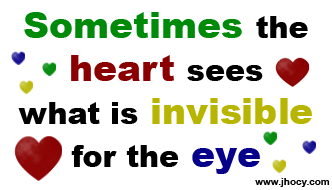There are a few types of atoms that can be a part of a plant one day, an animal the next day, and then travel downstream as a part of a river’s
water the following day. These atoms can be a part of both living
things like plants and animals, as well as non-living things like water,
air, and even rocks.
The same atoms are recycled over and over in different parts of the
Earth. This type of cycle of atoms between living and non-living things
is known as a biogeochemical cycle.
All of the atoms that are building blocks of living things are a
part of biogeochemical cycles. The most common of these are carbon and
nitrogen.
Tiny atoms of carbon and nitrogen have no legs to walk, no bicycles,
cars, or airplanes. Yet they can travel around the world as a part of
biogeochemical cycles. So, how do these little things move around the
planet? Here’s an example: An atom of carbon is absorbed from the air
into the ocean water where it is used by little floating plankton doing photosynthesis
to get the nutrition they need. There is the possibility that this
little carbon atom becomes part of the plankton’s skeleton, or a part
of the skeleton of the larger animal that eats it, and then part of a sedimentary rock
when the living things die and only bones are left behind. Carbon
that is a part of rocks and fossil fuels like oil, coal, and natural
gas may be held away from the rest of the carbon cycle
for a long time. These long-term storage places are called “sinks”.
When fossil fuels are burned, carbon that had been underground is sent
into the air as carbon dioxide, a greenhouse gas.
Recently, people have been causing these biogeochemical cycles to
change (see links below). When we cut down forests, make more
factories, and drive more cars that burn fossil fuels, the way that
carbon and nitrogen move around the Earth changes. These changes add
more greenhouse gases in our atmosphere and this causes more global warming.
copy : http://www.windows2universe.org/earth/Life/biogeochem.html












bagi ilmu..
BalasHapus